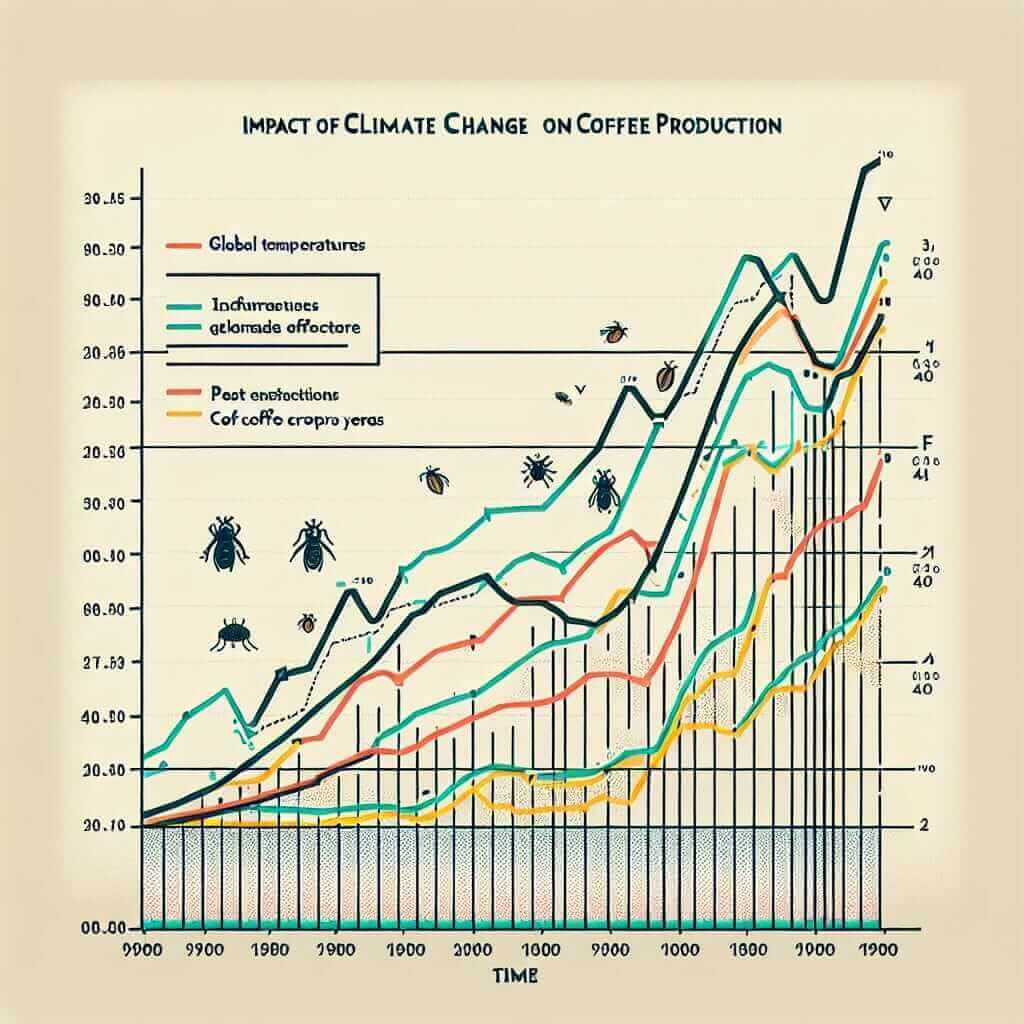The Reading section of the IELTS exam requires test-takers to read passages and answer questions that check their comprehension and analytical skills. The topic of “How does social media influence public perception of climate change?” is increasingly relevant, reflecting contemporary issues and engaging discussion in various media outlets. The prevalence of this topic makes it an important one for IELTS candidates to master as it is highly probable to be featured in future exams.
Table Of Contents
IELTS Reading Practice
Reading Passage
Title: The Impact of Social Media on Public Perception of Climate Change
In recent years, social media has become a significant platform where climate change discussions take place. With its ability to disseminate information quickly and to a broad audience, social media platforms like Facebook, Twitter, and Instagram play a crucial role in shaping public perception of climate change.
Social media allows scientists, activists, and ordinary users to share data, news, and personal stories which can enhance public understanding of climate science. This democratization of information means that valuable insights are no longer confined to academic journals but are accessible to the general public. However, the same platforms can also spread misinformation, often leading to public confusion.
 Spread of climate change misinformation on social media platforms affecting public perception and trust.
Spread of climate change misinformation on social media platforms affecting public perception and trust.
Research indicates that the most shared content on social media about climate change tends to be emotive and sensationalist. Posts that provoke strong emotions, such as fear or anger, are more likely to be shared, regardless of the scientific accuracy of the information presented. This phenomenon can create a skewed view of climate change issues, where the most extreme opinions dominate the conversation.
Moreover, social media algorithms prioritize content that engages users, often showing them posts that align with their views, thereby creating echo chambers. These digital bubbles can reinforce pre-existing beliefs and lead to polarization rather than informed debate.
Nevertheless, social media has also been a tool for positive change. Campaigns like the #FridaysForFuture movement, started by Greta Thunberg, have gained global traction, mobilizing millions of people to demand action on climate change. Such movements highlight the power of social media to foster community and drive collective action.
It is evident that social media has a dual role in shaping public perception of climate change. While it has the capacity to educate and mobilize, it can also mislead and polarize. Therefore, it is vital for users to critically evaluate the information they consume and share.
Questions
Multiple Choice
- According to the passage, what role does social media play in disseminating information?
a. Limiting information to academic journals
b. Restricting the access of information to scientists only
c. Facilitating the rapid spread of information to a wide audience
d. Making sure all information shared is scientifically accurate
True/False/Not Given
- Scientists exclusively share data on social media.
- Emotional content related to climate change has a higher chance of being shared on social media.
- Social media always creates an accurate and balanced view of climate change issues.
Matching Headings
5-7. Match the following statements to the corresponding paragraph number (i-v):
i. The role of emotions in social media content
ii. Positive impacts of social media campaigns
iii. Risks of misinformation on social media
- Paragraph 2
- Paragraph 3
- Paragraph 5
Answer Keys
Multiple Choice
- c. Facilitating the rapid spread of information to a wide audience
Explanation: The passage notes that social media allows for the quick dissemination of information to a broad audience.
True/False/Not Given
- False.
Explanation: The passage states that scientists are among many users, but it does not claim scientists exclusively share data on social media. - True.
Explanation: The passage mentions that emotional content related to climate change has higher chances of being shared. - False.
Explanation: The passage asserts that social media can create a skewed view where extreme opinions dominate.
Matching Headings
5-7. Match the following statements to the corresponding paragraph number (i-v):
- ii. Positive impacts of social media campaigns
Explanation: Paragraph 5 discusses the positive impact of movements like #FridaysForFuture. - i. The role of emotions in social media content
Explanation: Paragraph 3 describes the high shareability of emotive and sensationalist content. - iii. Risks of misinformation on social media
Explanation: Paragraph 2 delves into how social media platforms can spread misinformation.
Common Errors
Test-takers often misunderstand the nuances of True/False/Not Given questions. It’s crucial to distinguish between what is explicitly stated in the text and what is implied or not mentioned at all.
Vocabulary
- Disseminate (verb) /dɪˈsɛmɪneɪt/: To spread or distribute widely.
- Example: Social media platforms disseminate information rapidly.
- Emotive (adjective) /ɪˈmoʊtɪv/: Relating to or causing strong emotions.
- Example: Emotive content can quickly go viral on social media.
- Echo chamber (noun) /ˈɛkoʊ tʃeɪmbər/: An environment where a person only encounters information or opinions that reflect and reinforce their own.
- Example: Social media algorithms can create an echo chamber effect.
Grammar
- Present Simple for General Truths: This passage uses the present simple tense to state factual information about social media’s impact.
- Example: “Social media allows scientists, activists, and ordinary users to share data.”
Advice for High Reading Scores in IELTS
- Regular Practice: Continuously read various materials to enhance comprehension skills.
- Timed Exercises: Practice reading passages within specific time limits to improve speed and accuracy.
- Analyze Mistakes: Review incorrect answers to understand and learn from mistakes.
- Expand Vocabulary: Regularly learn and use new words to improve language proficiency.
- Critical Reading: Practice identifying the main ideas, supporting details, and the author’s tone and purpose in texts.


